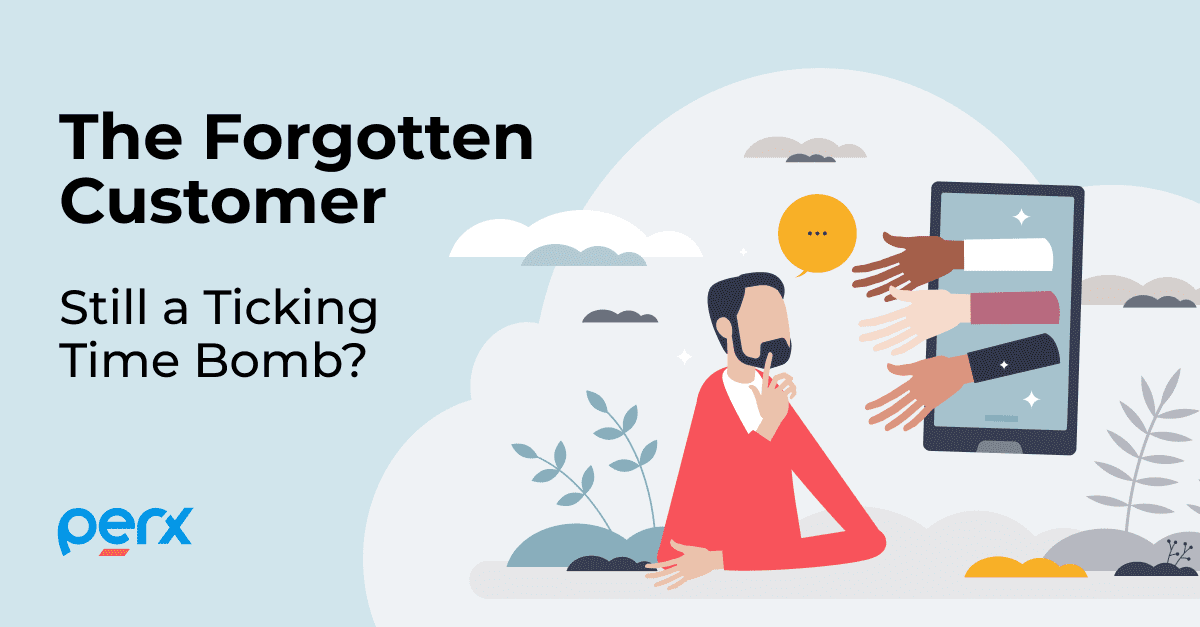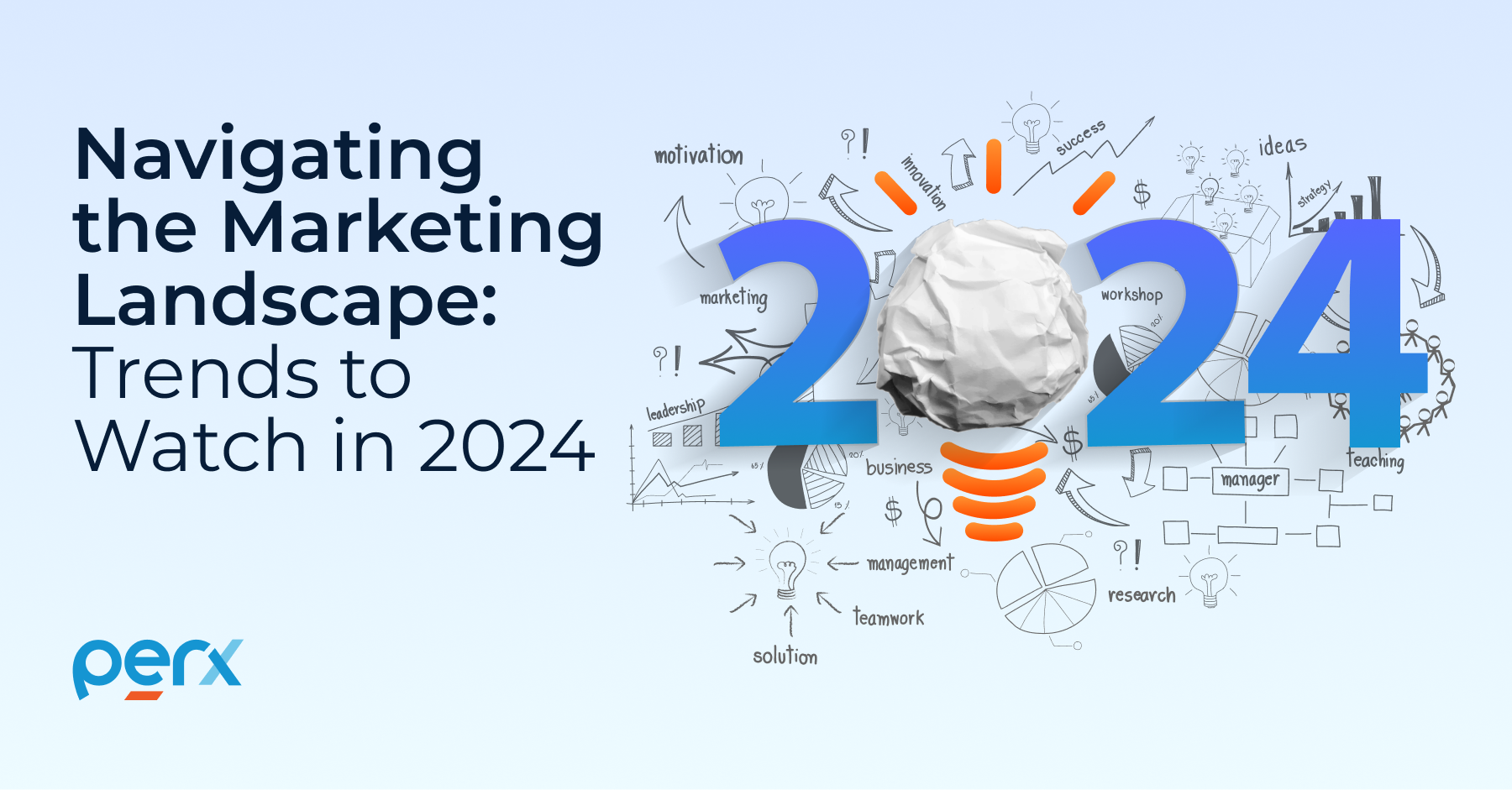Best Incentive Ideas to Promote Positive Customer Behavior

Top Reward Ideas to Promote Positive Customer Behavior
Brands that provide unique incentives beyond run-of-the-mill loyalty programs can leave a lasting imprint on customers
Imagine walking into a coffee shop and being greeted with a warm smile and a surprise reward for being a loyal customer. The barista hands you a small card with a handwritten note thanking you for your patronage and offering you a free drink of your choice on your next visit. This simple gesture not only makes you feel appreciated but also motivates you to continue supporting the business.
By offering incentives beyond the typical loyalty program, businesses can create a memorable customer experience and foster a strong relationship with their clients. These incentives don’t have to be extravagant, but they should be thoughtful and tailored to the individual customer to create a sense of personalization and exclusivity. Ultimately, these small gestures can have a big impact on customer engagement and loyalty, leading to long-term success for businesses.
Customer Incentives: What are They?

Picture this: you’re a customer on a quest, and every time you achieve a milestone or complete a task, the brand rewards you with incentives. These rewards act as a powerful motivator, tempting you to take on more brand-building challenges, such as purchasing their products, spreading the word to your friends, or even becoming a brand ambassador.
The brand carefully curates these incentives based on its marketing objectives and customer data analytics, ensuring they’re providing the most value to its customers. But don’t be fooled – loyalty and incentives are not one and the same.
While both are valuable tools in a brand’s arsenal, loyalty is a deep-seated emotional connection between a customer and a brand, whereas incentives are more of a fun and exciting way to encourage engagement. So let’s dive deeper into the differences between these two essential brand-building strategies.
Loyalty Programs vs Customer Incentives
Loyalty programs and incentive programs, despite often being used interchangeably, have unique functions. Loyalty programs are intended to reward and keep existing customers, while incentive programs are aimed at boosting sales by rewarding customers who achieve predetermined goals.
While both programs offer rewards like gift cards and coupons, incentive programs may offer more valuable rewards, such as merchandise or travel vouchers, to build stronger customer loyalty. Loyalty programs reward customers for every transaction, while incentive programs only deliver rewards when specific targets are met. Depending on the brand’s objectives and desired level of customer involvement, one or both programs may be utilized.
How Customer Incentives Can Boost Customer Loyalty Programs
Implementing a customer rewards program offers numerous benefits, such as increasing customer retention and generating referrals to your brand. Below are some of the advantages you can expect by offering the appropriate incentives to your customers.
• Customer Satisfaction
By offering incentives to your customers, you demonstrate your appreciation for their choice to buy from you. This fosters a sense of satisfaction and loyalty that keeps them coming back for more of your products or services. However, it’s crucial to ensure that your consumer incentive rewards are targeted toward the right customers. By identifying and catering to the needs of your most valuable customers, you can maximize the impact of your rewards program and further strengthen customer loyalty.

A thriving marketing strategy relies on the foundation of data and analytics, but gathering data can be a challenging endeavor.
Implementing an incentive program can facilitate data accumulation, which in turn can be leveraged to create a targeted marketing program that resonates with your desired audience.
By using this approach, you can craft more compelling incentives that align with your potential customers’ preferences, resulting in greater appeal and engagement.
• Customer Retention
It’s a well-known fact that retaining current customers is much less costly than acquiring new ones. By offering suitable incentives, you can cultivate customer loyalty and ensure they remain committed to your brand in the long term.
To keep customers interested and encourage repeat purchases, consider offering attractive rewards. Additionally, using the consumer data you collect can help you tailor rewards that are more personalized, which ultimately leads to better customer retention.
• Word-of-Mouth Marketing
An effective incentive program can ignite enthusiasm among customers, prompting them to become brand advocates and spread the word to their network. This type of incentive strategy can be particularly valuable for lead generation, as these leads can be cultivated into loyal customers through engaging brand-building activities.
Top Reward Ideas to Adopt for Your Loyal Customers
Here is a curated list of options to help you adopt a unique customer incentives strategy that will help you stand out from the crowd.

1. Incentivizing Referrals
Referral programs are a popular method for brands to implement incentive strategies. Customers who refer other customers or assist with lead generation are incredibly valuable. By providing incentives for these customers, you can create a loyal group of brand advocates who will enthusiastically promote your brand to a wider audience.
2. Exclusive Access
Offering exclusive or early access to sales is a powerful customer incentive. Customers appreciate being treated as VIPs and having the opportunity to purchase products or services before they become widely available. This incentive can create a sense of excitement and urgency, driving sales and fostering a sense of loyalty among customers.
3. Free Shipping
Free shipping is a popular incentive program among many brands, as customers are often deterred from purchasing products due to high shipping costs. By offering free shipping, brands can encourage customers to make repeat purchases and build loyalty. This strategy can help brands increase sales and create a positive customer experience.
4. Discounts
Discounts are a popular incentive for motivating customers to make a purchase by offering lower prices. However, they can sometimes negatively impact a brand or product’s perceived value if overused or too widely available. When used strategically and sparingly, discounts can still be a powerful tool to increase customer value and drive sales.
5. Sweepstakes
Sweepstakes are an enjoyable and cost-effective method to engage with customers. A well-designed sweepstake can motivate customers to take a smaller step, such as making a purchase, signing up, or attending an event. With numerous incentives to choose from, it can be challenging to select the right ones. Brands should engage customers by offering a combination of incentive types, including a blend of published and unpublished rewards.
6. Subscription
Brands frequently encounter difficulties with registrations and subscriptions. One effective approach to promote customer subscriptions is by providing an incentive for subscribing to your brand. Subscriptions can also serve as an incentive in themselves. An effective method is to extend a discount or exclusive offer solely to subscribers. By presenting a reduced price or a special deal, brands cultivate a feeling of exclusiveness and value for subscribers, heightening the appeal for customers to join.
Loyalty Points system
Loyalty points incentivize customers to return and make repeat purchases, which helps businesses build a loyal customer base. Redeeming loyalty points for rewards provides a tangible benefit to customers and makes them feel recognized and rewarded for their loyalty. Loyalty programs can also increase customer engagement and spending by offering bonus points for larger purchases or specific products.
Maximize Your Loyalty Program With Effective Incentives
It’s essential to understand the importance of satisfying your customers and providing them with compelling reasons to remain loyal. The question is, what incentives will work best to achieve this goal? Work with your team to brainstorm ideas for rewards, referral marketing campaigns, incentive programs, and effective examples of reward programs that can benefit your business.

Take your time with this process and be willing to experiment with different campaign concepts. Creating a successful loyalty program requires paying close attention to critical factors like gamification and personalization, which can significantly impact customer engagement and retention.
Neglecting these elements can hinder your progress. To optimize your customer incentive program, consider using The Perx Platform. This cost-effective solution can supercharge user acquisition, in-app engagement, and reduce churn. Book a demo today to learn more about how The Perx customer loyalty and engagement platform can elevate your incentive program and improve customer retention.
Recommended for you

Blogs

Sustainability

Blogs

Blogs

Blogs
Global businesses have driven over 5 billion customer-brand interactions on Perx.
Ready to join them?

























































